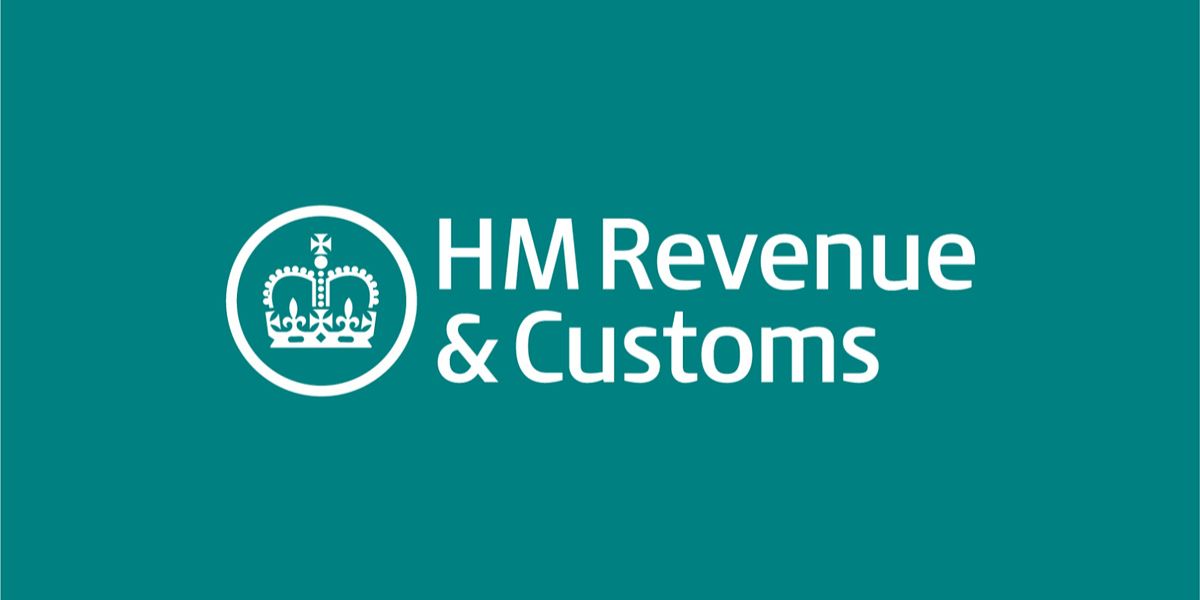On 18 January 2022 the UK launched a consultation on the technical guidance in relation to the legislation on uncertain tax treatment. Comments are invited by 1 February 2022, and the government intends to publish the final version of the guidance by 28 February 2022. The notification requirement is to come into effect from 1 April 2022.
The main legislation requires notification of uncertain tax treatment at an early stage. It is intended to reduce the part of the annual tax gap attributed to differences in legal interpretation between taxpayers and HMRC,
Companies or partnerships would be required to notify HMRC of uncertain tax treatment if their UK turnover is more than GBP 200 million and their UK balance sheet total is more than GBP 2 billion. In the case of a company that is a member of a group, its UK turnover and balance sheet totals must be aggregated with those of other 51% subsidiaries in computing these thresholds.
The notification requirement applies to corporation tax, income tax in a partnership or PAYE return, and value added tax (VAT).
A UK branch or permanent establishment of a non-resident company or partnership will be within the scope of the notification requirement if the thresholds are exceeded.
Exclusions
Exclusions from the rules include authorised unit trusts (AUTs), and unauthorised unit trusts (UUTs), which are outside the scope of the rules because they are not bodies corporate, and open-ended investment companies. The latter are bodies corporate but the legislation specifically excludes them from the scope of the rules. Collective investment schemes and alternative investment funds are also specifically excluded from the scope of the rules. Public bodies are outside the scope, but if a public body has an incorporated subsidiary satisfying the relevant criteria it will be within the scope of the rules.
Notification
Qualifying companies and partnerships are required to notify HMRC if a return sent to them includes an uncertain amount as defined in the legislation. A separate notification is required for each relevant return that includes an uncertain amount. If a return contains more than one uncertain amount in a period, one notification is required providing details of the uncertain amounts in the return. The legislation sets out different deadlines for different types of tax return.
Criteria determining what is an uncertain amount
An amount is considered uncertain for the purpose of the legislation when one or both of two criteria apply. In deciding whether it is necessary to notify HMRC the taxpayer must consider both criteria.
The first criterion is that a provision has been made in the accounts, reflecting the probability that a different tax treatment could apply to the transaction. The legislation defines a transaction as arrangements, agreements, and understandings, regardless of whether they are intended to be legally enforceable.
The second criterion applies if, in arriving at an amount, the taxpayer relied on an interpretation or application of the law that differed from HMRC’s known interpretation or application of the law.
Notification would be required where an entity that meets the threshold condition and is not within the exemptions is within the scope of the legislation and delivers a return to HMRC that includes an uncertain amount.















